15 Mistakes People Make With Cobot Safety
Even collaborative robots can have safety problems, but only if you make a mistake. Here are 15 common mistakes that people...
How to Get More from the 3-Finger Gripper With ROS
The new Robotiq ROS package is now available! Here's what you need to know about the package. What is it? What does it...
How Cobots Are Changing Metal Fabrication
Metal fabrication advancements affect a wide variety of sectors, ranging from automotive to mining. And companies specializing...
Robotiq Rings the NYC Stock Echange Closing Bell!
History was made in New-York City yesterday when a Robotiq 2F-85 Adaptive Gripper teamed-up with a UR5e robot arm from...
Cobot Safety: Are You Too Close to Your Robot?
How close can you get to a collaborative robot? Is it always safe to go near one? We explain the 5 spaces around a cobot which...
Are Cobots Too Safe? Samuel Bouchard and Esben Ostergaard Discuss
Esben Østergaard of UR wonders whether modern cobots are too safe during this morning's discussion between him and Robotiq's...
Is There a Place for Cobots in Construction?
Collaborative robots—also known as cobots—have revolutionized robotics by working safely alongside humans and helping them...
Making Cobots Mobile: The Future of Portable Robotics
Collaborative robots, or "cobots," are relatively new additions to the robotics industry. They work alongside humans, making...
The Right Way to Multitask with a Robot
Can a robot really help you multitask? Well, yes, but not if you listen to the latest research into brain-controlled robots....
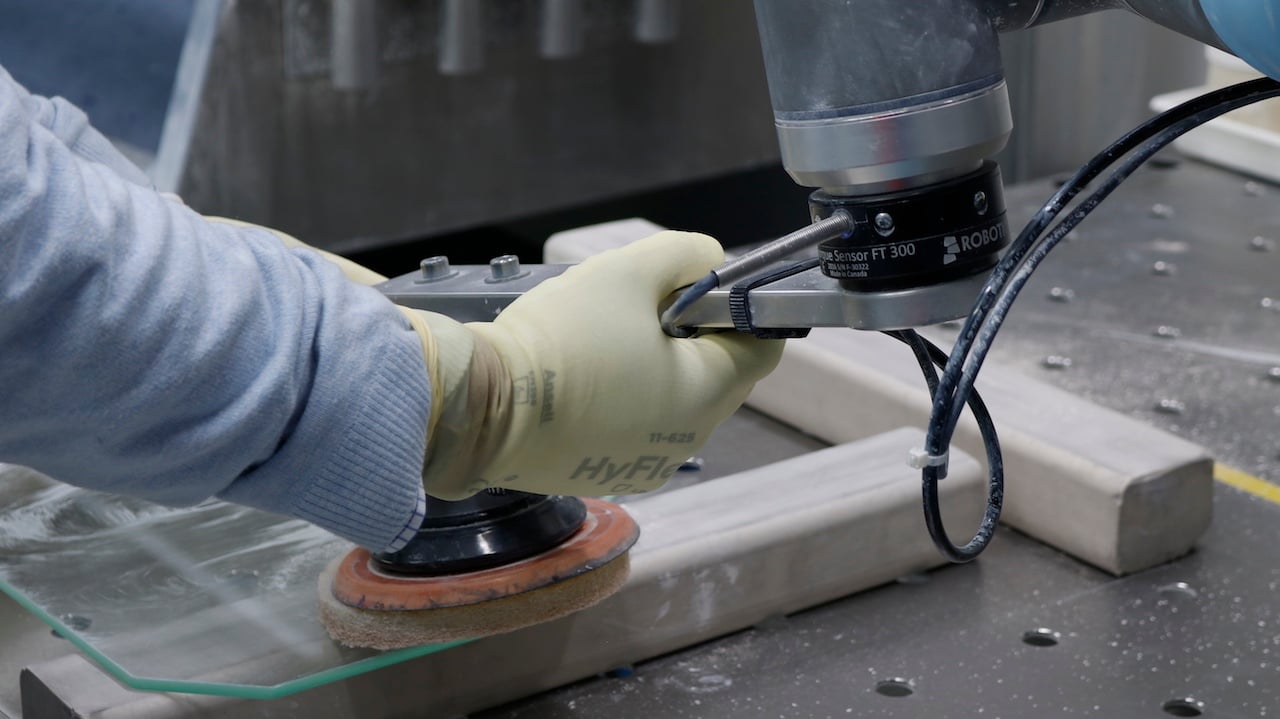

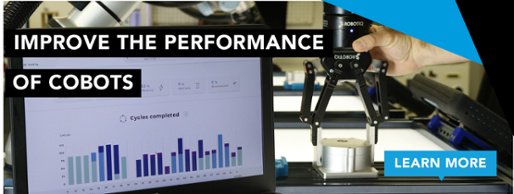
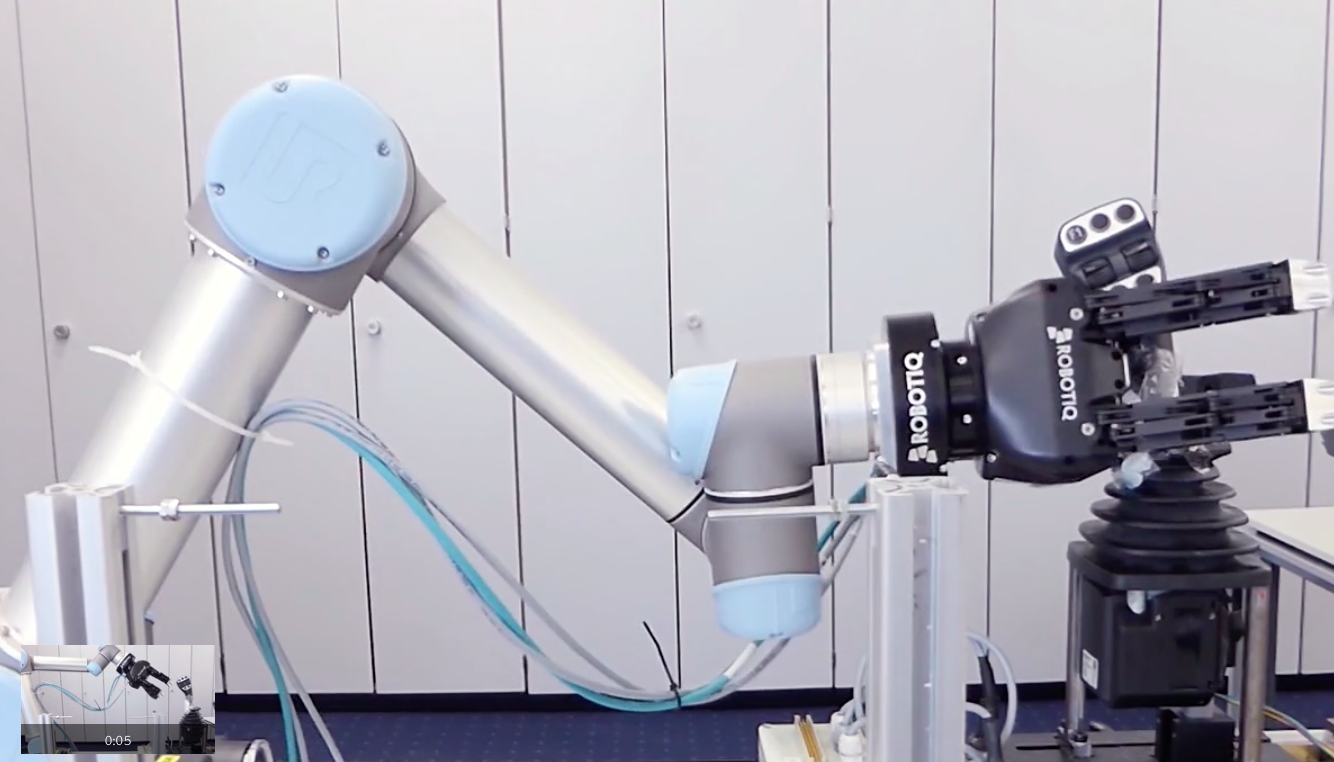
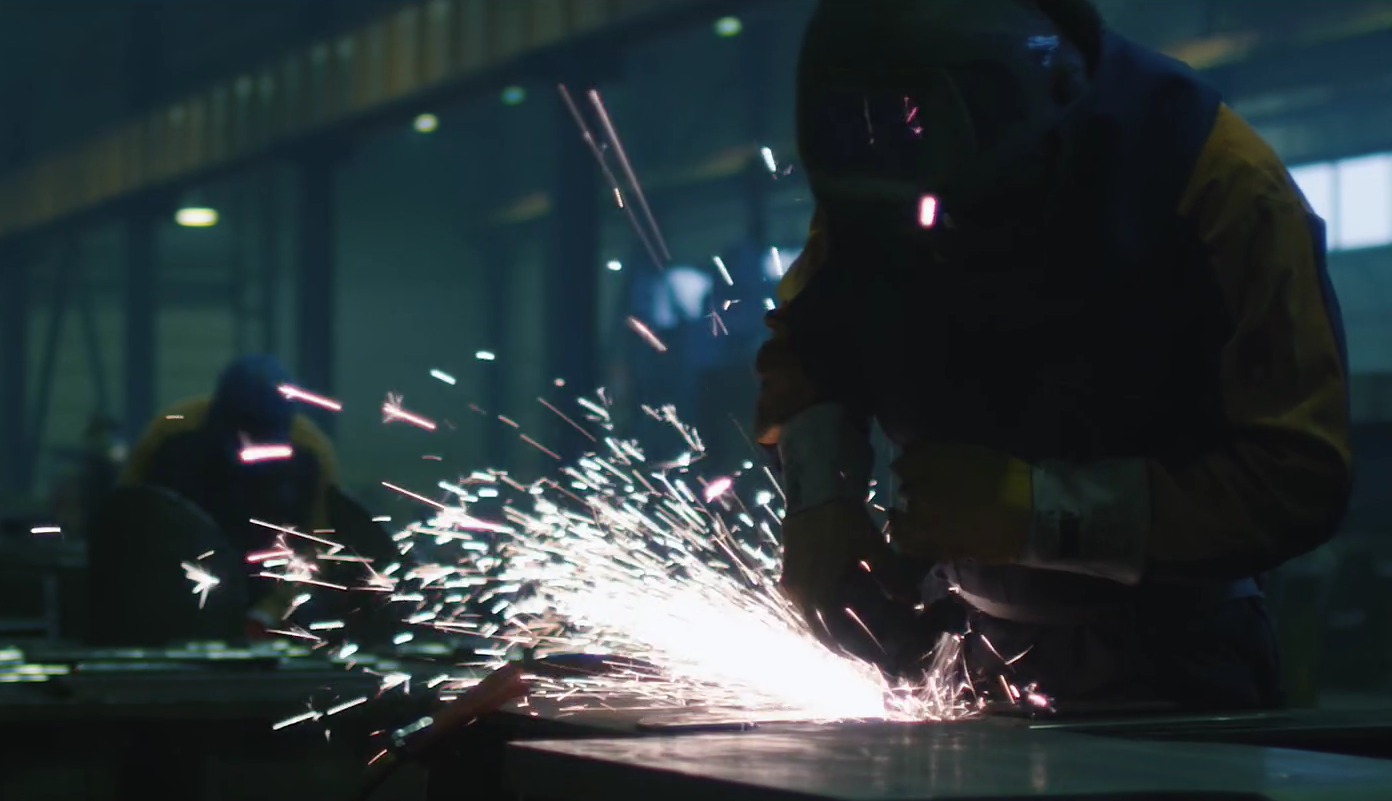



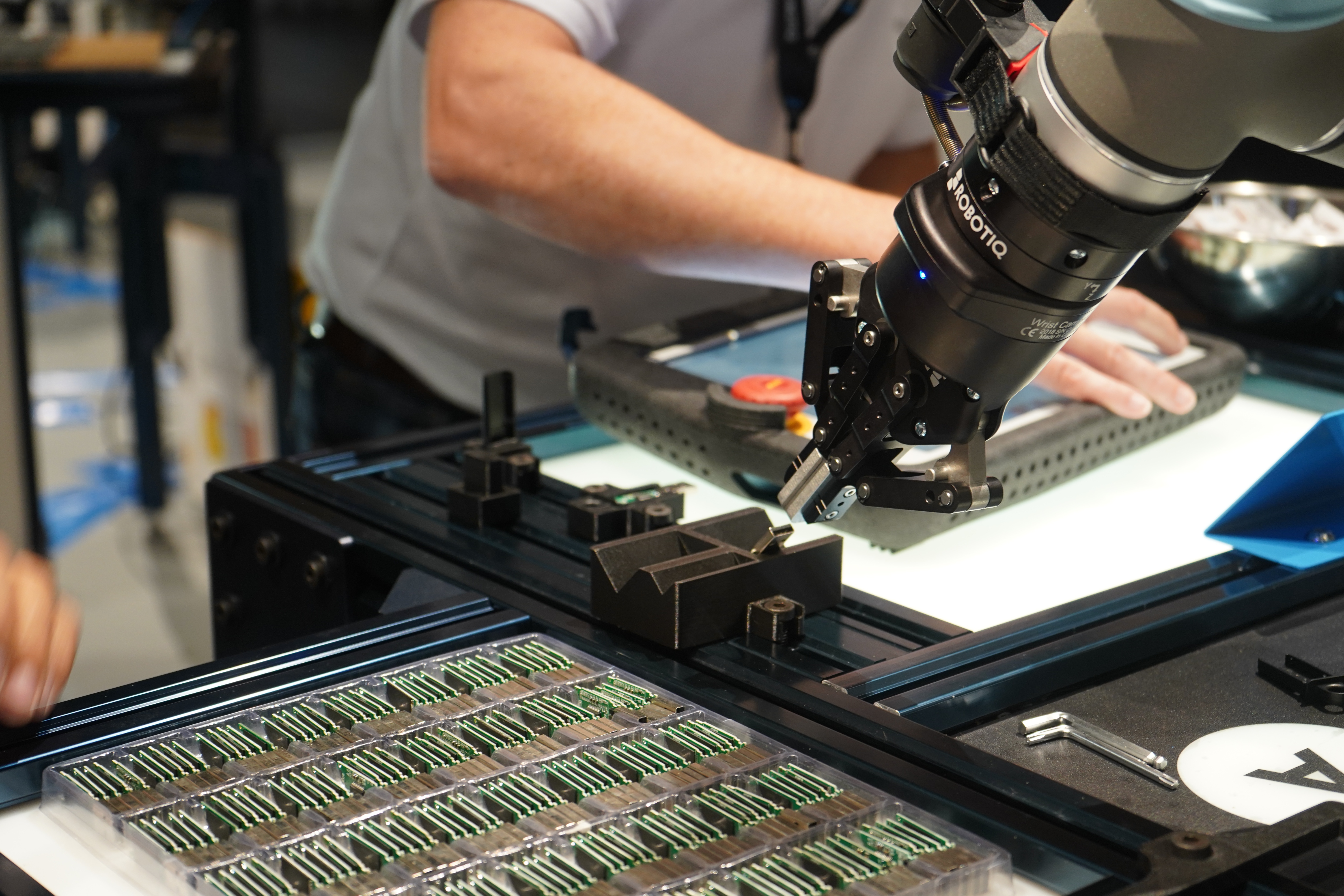

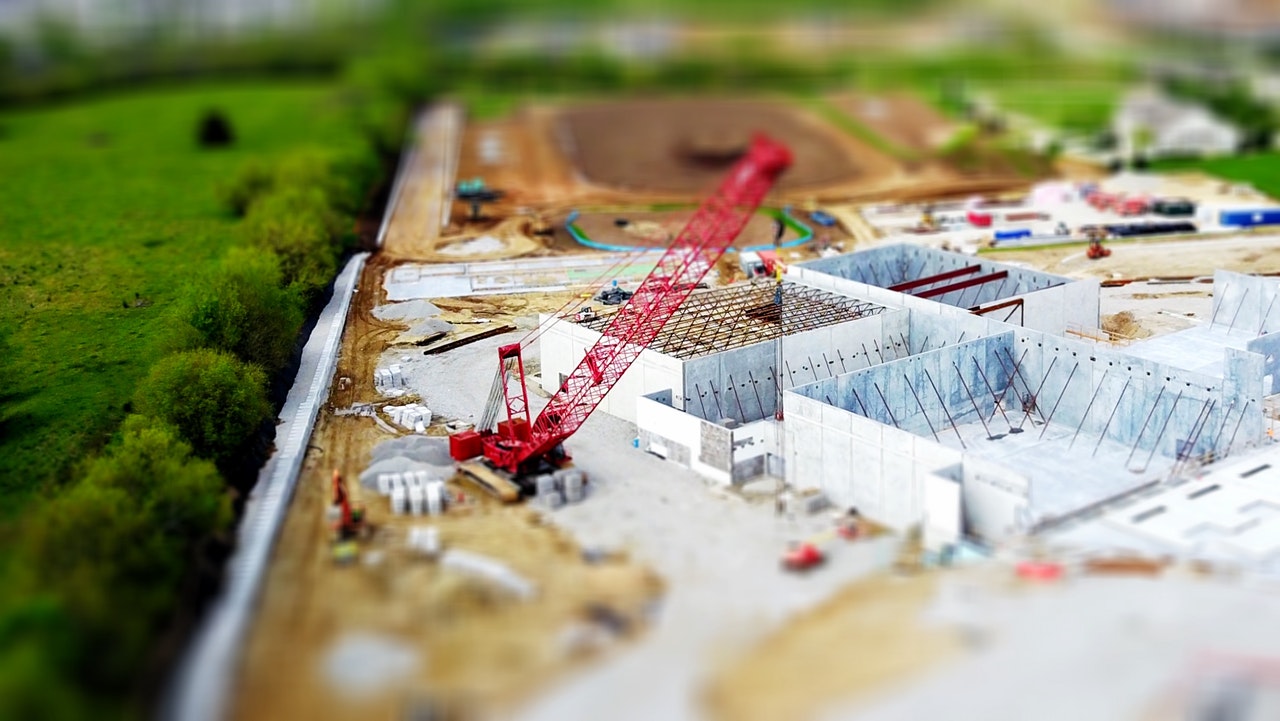
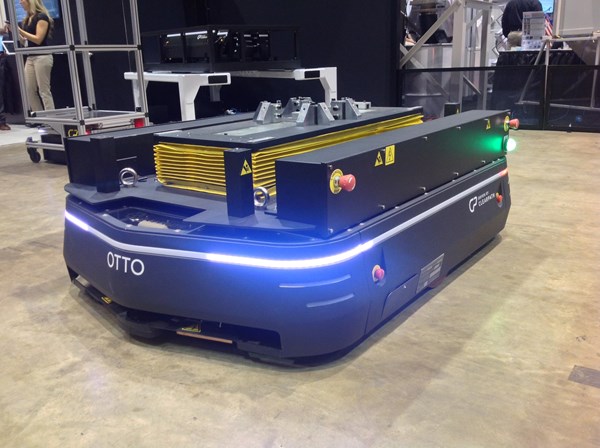

Leave a comment